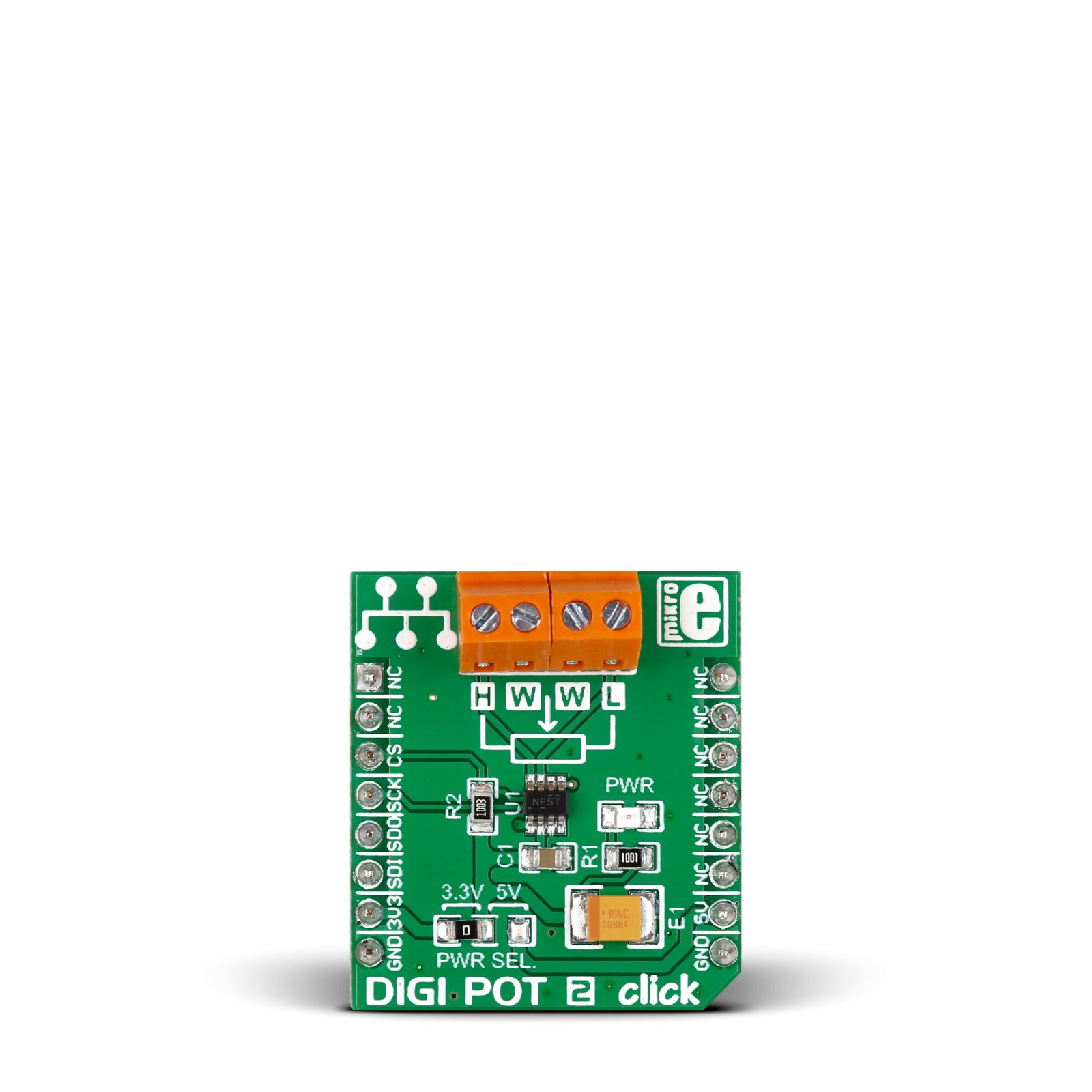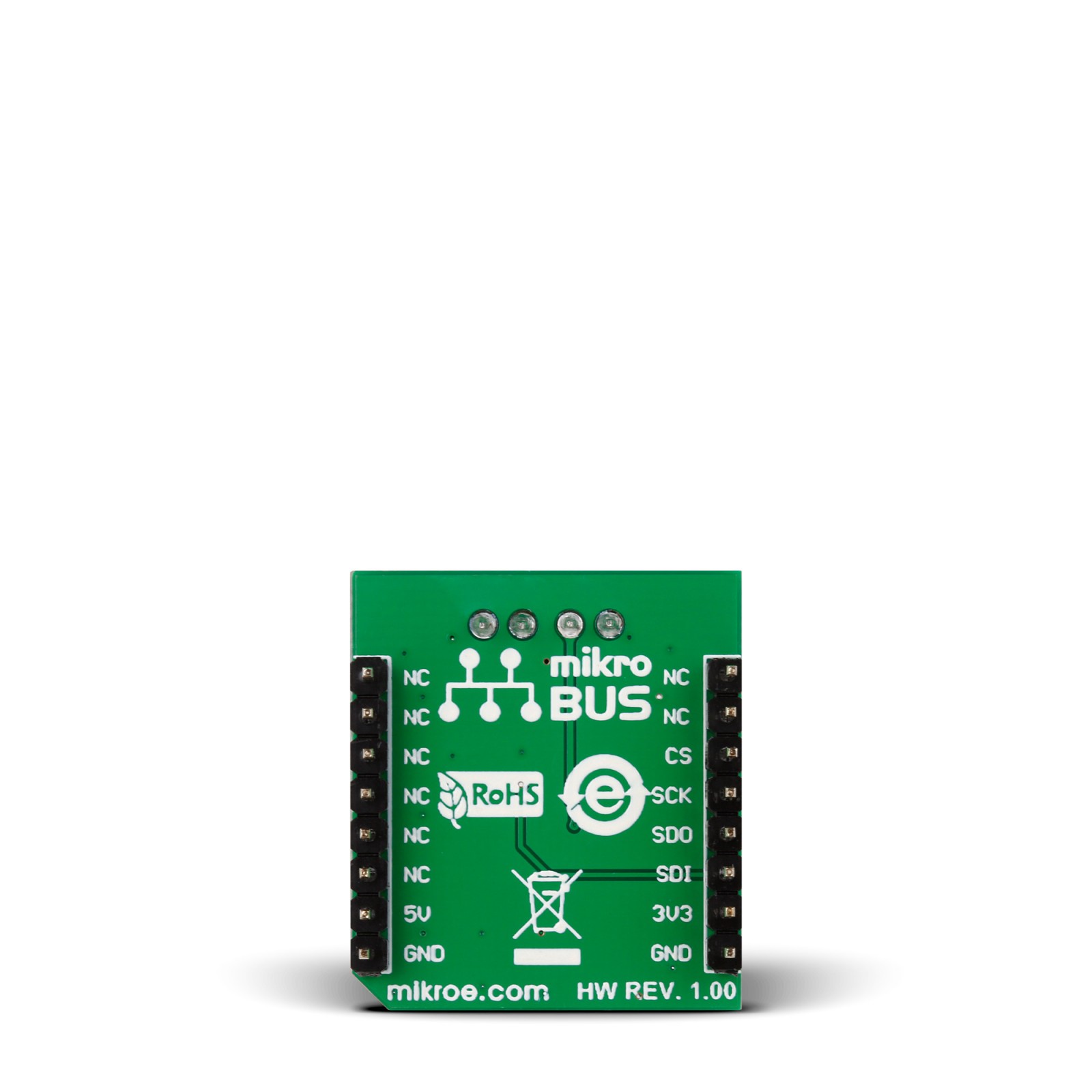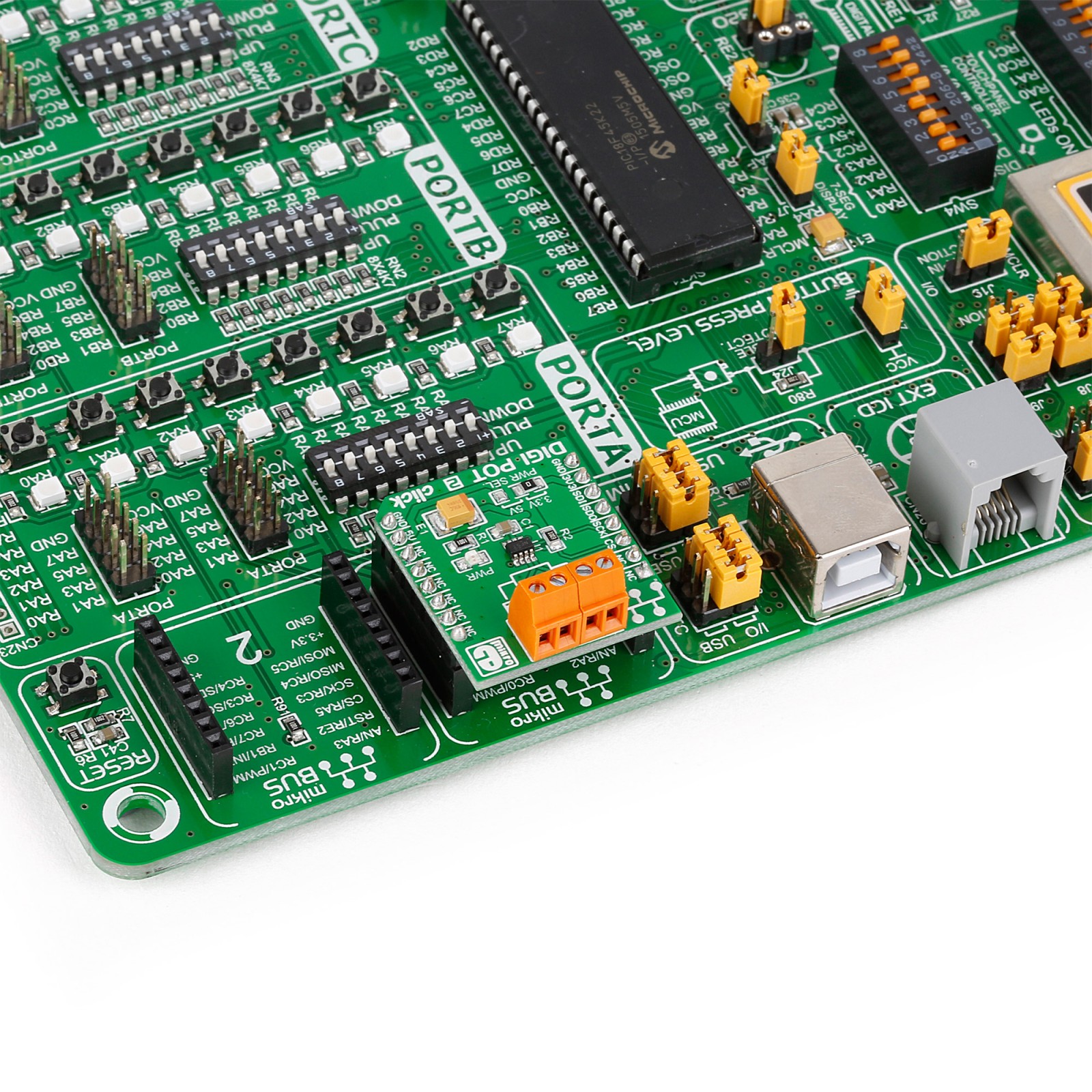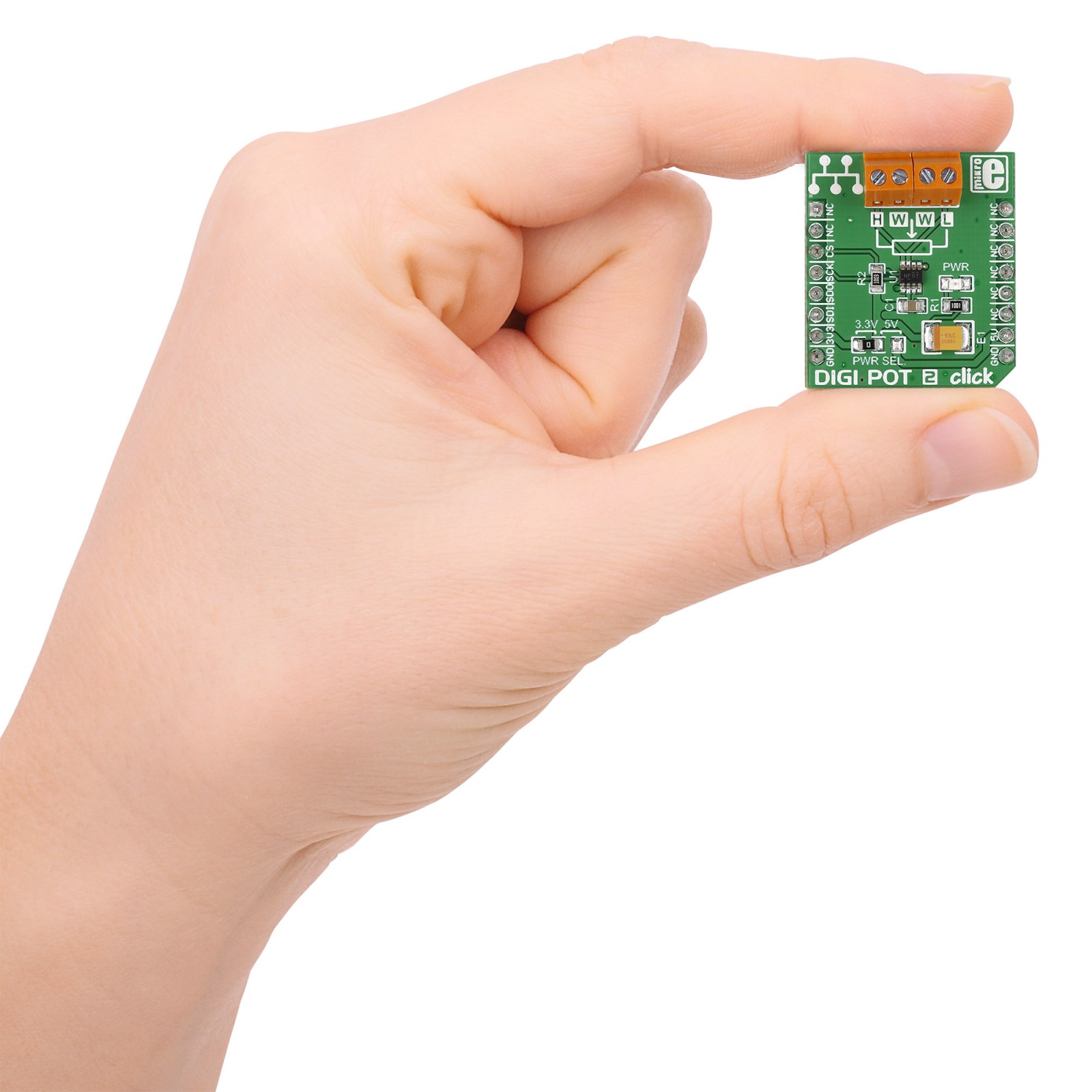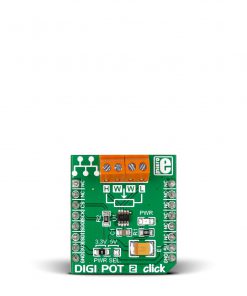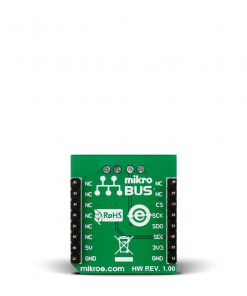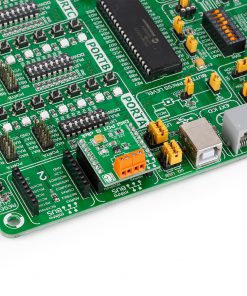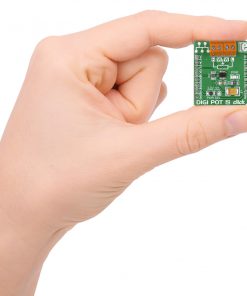-
×
 Accel Click
2 ×
Accel Click
2 × R355.00R319.50 -
×
 DIGI POT Click
1 ×
DIGI POT Click
1 × R370.00R333.00 -
×
 microSD Click
1 ×
microSD Click
1 × R355.00R319.50 -
×
 3D Motion Click
1 ×
3D Motion Click
1 × R1,050.00R945.00 -
×
 RS485 Click 5V
1 × R235.00
RS485 Click 5V
1 × R235.00 -
×
 EXPAND Click
1 ×
EXPAND Click
1 × R260.00R234.00 -
×
 MPU 9DOF Click
1 × R550.00
MPU 9DOF Click
1 × R550.00 -
×
 MP3 Click
1 ×
MP3 Click
1 × R485.00R436.50 -
×
 HYDROGEN Click
1 ×
HYDROGEN Click
1 × R335.00R301.50 -
×
 METHANE Click
1 ×
METHANE Click
1 × R335.00R301.50 -
×
 ADC Click
1 ×
ADC Click
1 × R540.00R486.00 -
×
 BUZZ Click
1 × R115.00
BUZZ Click
1 × R115.00 -
×
 LPG Click
1 ×
LPG Click
1 × R335.00R301.50 -
×
 WiFi Plus Click
1 ×
WiFi Plus Click
1 × R2,250.00R2,025.00 -
×
 RTC 2 Click
1 ×
RTC 2 Click
1 × R465.00R418.50 -
×
 BEE Click
1 ×
BEE Click
1 × R800.00R720.00
Subtotal: R8,441.00

